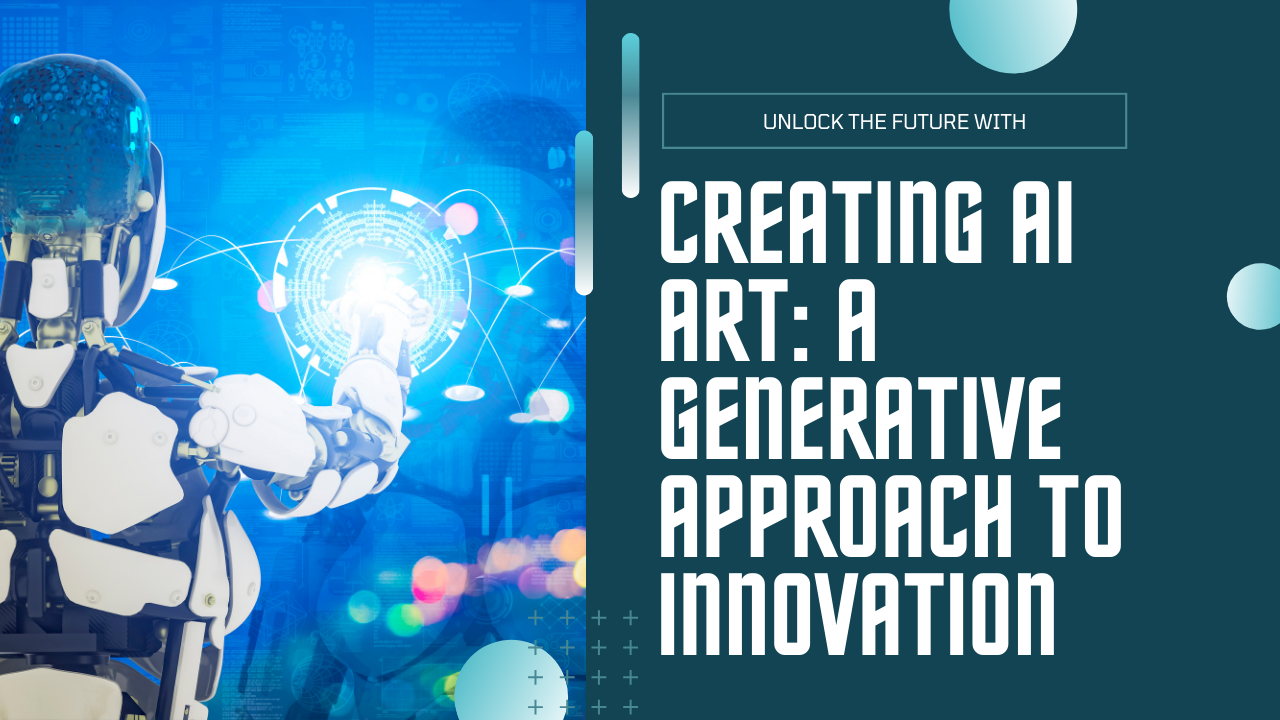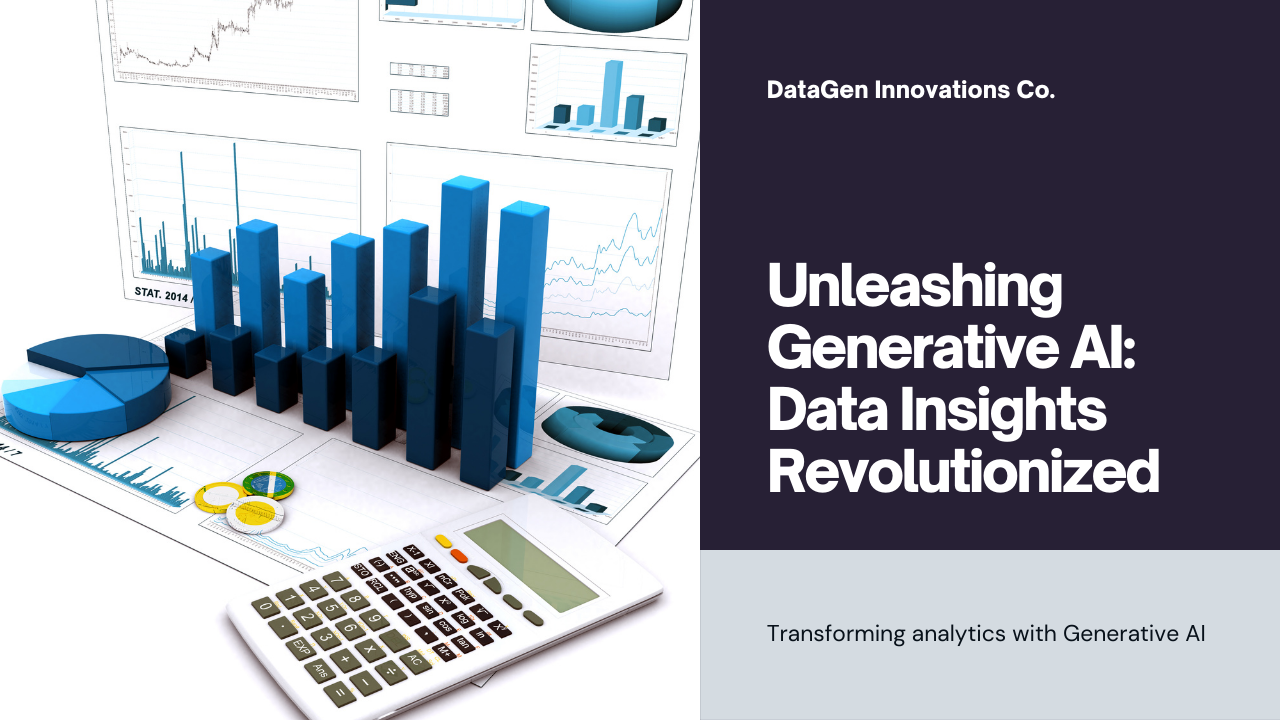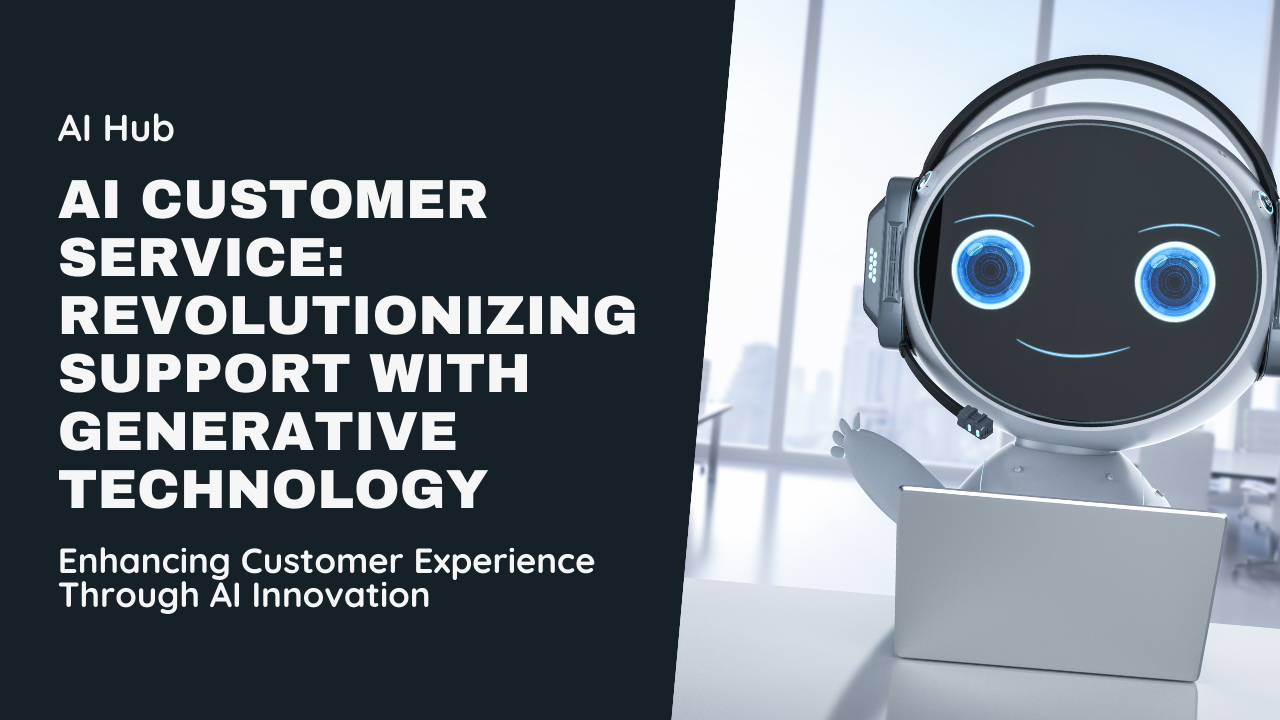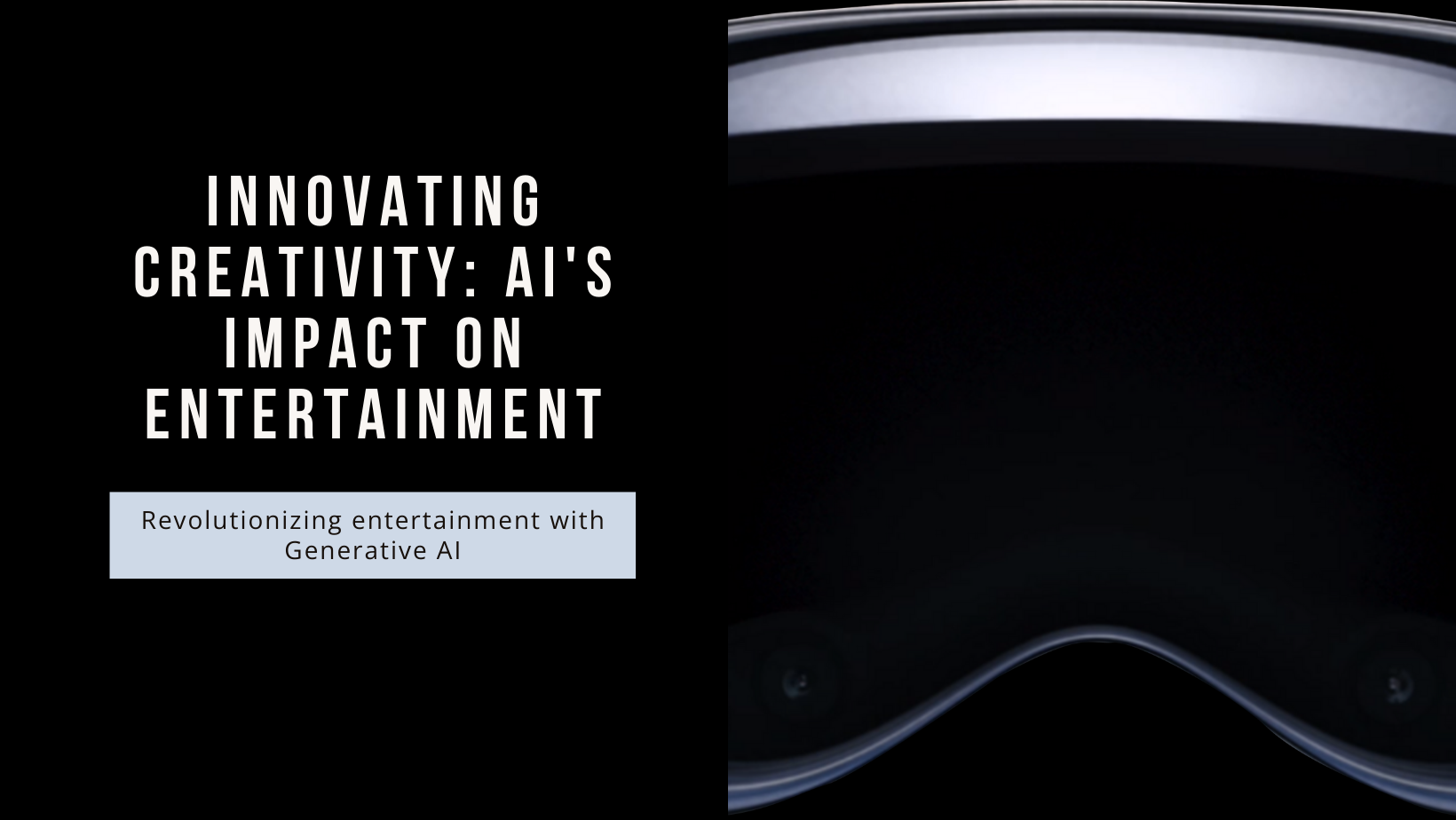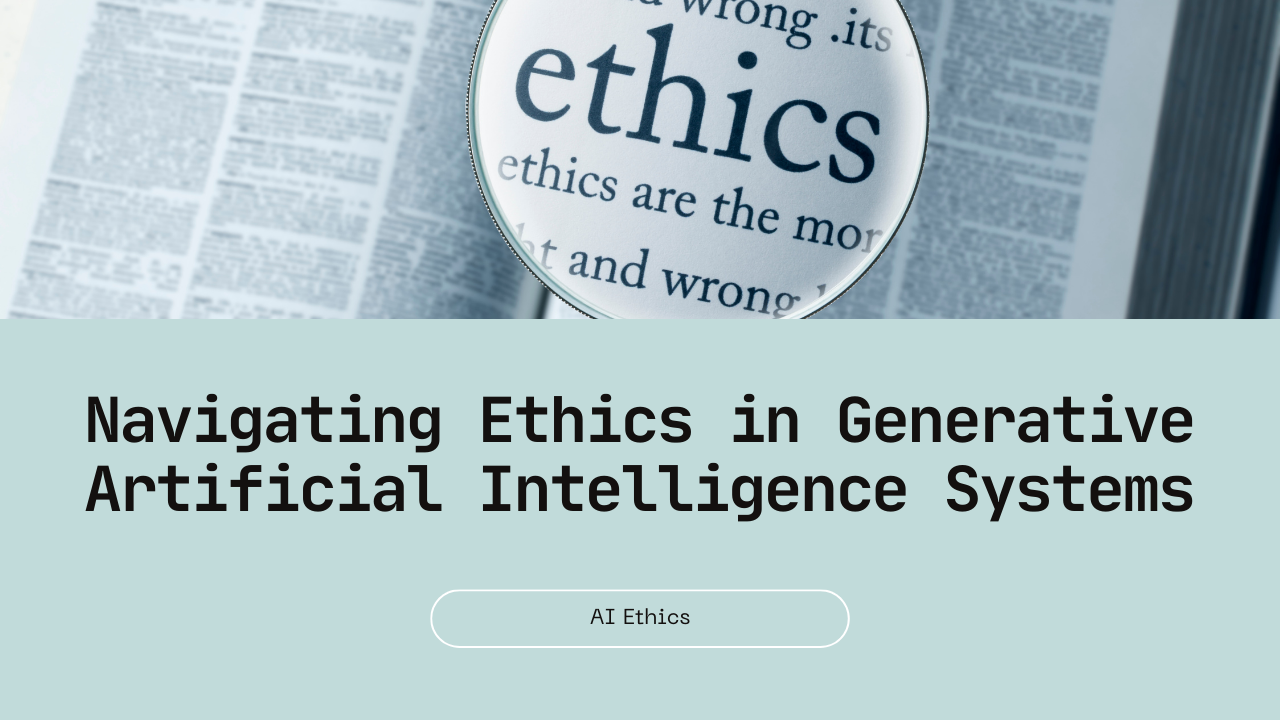In recent years, Generative AI has emerged as a powerful technology that enables machines to autonomously generate new content, designs, and solutions based on learned patterns and data inputs. From creating realistic images and text to enhancing creative workflows and personalizing user experiences, Generative AI offers limitless possibilities for innovation across various industries. This blog explores the essential steps and best practices for developing Generative AI applications, empowering developers and businesses to harness the full potential of this transformative technology.
Understanding Generative AI Development
Generative AI involves training machine learning models, such as Generative Adversarial Networks (GANs), Variational Autoencoders (VAEs), and Transformers, to generate new outputs that mimic or enhance existing data patterns. Unlike traditional AI models that rely on supervised or unsupervised learning for classification or prediction tasks, Generative AI focuses on creative content generation and iterative improvement based on feedback loops and generative processes.
Steps to Develop Generative AI Applications
Developing Generative AI applications requires a structured approach, combining data science principles, algorithmic expertise, and domain-specific knowledge. Here’s a comprehensive guide to navigate the development process effectively:
Step 1: Define Project Objectives and Use Cases
Before diving into development, clearly define the objectives and use cases for your Generative AI application. Identify specific tasks or challenges that Generative AI can address, such as image synthesis, natural language generation, or creative design automation.
Step 2: Data Collection and Preparation
Collect and curate high-quality datasets relevant to your application’s objectives. Data quality and diversity are critical for training Generative AI models effectively. Ensure datasets are labeled appropriately if using supervised learning methods or prepare unstructured data for unsupervised learning tasks.
Step 3: Choose the Right Generative AI Framework
Select a suitable Generative AI framework or architecture based on your project requirements and technical expertise:
- Generative Adversarial Networks (GANs): Ideal for tasks requiring realistic image generation and creative design enhancement.
- Transformers: Effective for natural language processing tasks, such as text generation and language translation.
- Autoencoders: Useful for data compression, reconstruction tasks, and feature extraction capabilities.
Step 4: Model Design and Architecture
Design the architecture of your Generative AI model based on the selected framework and objectives. Define network layers, activation functions, and optimization algorithms tailored to your dataset and computational resources. Consider leveraging pre-trained models or transfer learning techniques to accelerate training and improve model performance.
Step 5: Training and Optimization
Initiate model training using appropriate hardware resources, such as GPUs (Graphics Processing Units) or cloud-based platforms, to expedite computation. Monitor training progress, adjust hyperparameters (e.g., learning rate, batch size), and implement regularization techniques to prevent overfitting and enhance model generalization.
Step 6: Evaluation and Validation
Evaluate the performance of your trained Generative AI model using validation metrics relevant to your specific task. Assess output quality, accuracy, and consistency against predefined benchmarks or ground truth data. Iterate model training and fine-tune parameters based on validation results to optimize performance.
Step 7: Deployment and Integration
Deploy the trained Generative AI model into production environments, integrating it into existing applications or workflows. Ensure compatibility with deployment platforms, API integrations, and data security protocols. Implement monitoring tools to track model performance, detect anomalies, and facilitate continuous optimization.
Best Practices for Developing Generative AI Applications
- Iterative Development: Embrace an iterative development approach to refine model performance, incorporate user feedback, and adapt to evolving requirements.
- Data Augmentation: Enhance dataset diversity and size through data augmentation techniques, such as image rotation, text paraphrasing, or synthetic data generation.
- Algorithmic Transparency: Maintain transparency in AI algorithms and decision-making processes to build trust with stakeholders and ensure ethical use of AI.
- Collaborative Development: Foster collaboration between data scientists, machine learning engineers, and domain experts to leverage interdisciplinary insights and optimize development outcomes.
Case Studies: Successful Development of Generative AI Applications
Case Study 1: Image Synthesis for Virtual Reality (VR) Applications
Challenge: A VR gaming company aimed to enhance visual realism and immersion in virtual environments through AI-generated graphics.
Solution: Developing a custom GAN model trained on a diverse dataset of virtual scenery and environmental textures to generate high-resolution, photorealistic images in real-time.
Outcome: The AI-powered image synthesis solution achieved a 50% improvement in visual fidelity and user engagement metrics, setting a new standard for VR content quality and immersive experiences.
Case Study 2: Natural Language Generation for Content Marketing
Challenge: A digital marketing agency sought to automate content creation and enhance SEO performance through AI-driven natural language generation.
Solution: Implementing a Transformer-based language model trained on industry-specific datasets to generate SEO-friendly blog posts, product descriptions, and social media content.
Outcome: The AI-powered content generation solution increased organic traffic by 40% and improved content relevancy and engagement metrics, demonstrating the scalability and efficiency of AI in digital marketing.
Future Trends and Conclusion
As Generative AI continues to evolve, its applications across industries, from healthcare and finance to entertainment and education, promise to drive innovation, enhance productivity, and redefine user experiences. By leveraging the expertise and AI-driven solutions from Sodio Technologies, businesses can unlock new opportunities, accelerate digital transformation, and lead the way in AI-driven innovation.
Contact us today to explore how Generative AI can transform your business operations, drive competitive advantage, and propel your organization towards sustained success in the digital era.
